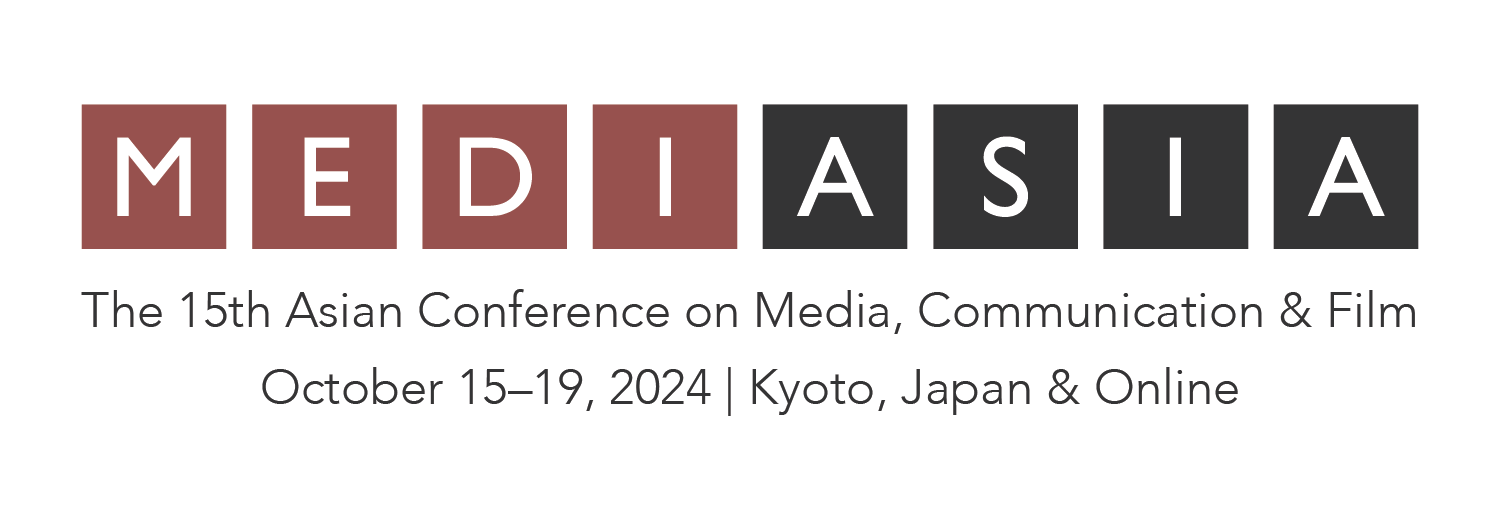The Evolution of Visual Representation of the Body: From Mirrors to Digital Imagery (83917)
Session: On Demand
Room: Virtual Video Presentation
Presentation Type:Virtual Presentation
This study explores the transformation of body representation from traditional mirrors to digital imagery, examining how each medium has influenced self-perception and social interaction. Mirrors, pivotal during the Renaissance, profoundly impacted self-awareness. The advent of photography in the 19th century introduced enduring self-images, while late 20th-century digital imagery revolutionized representation through pixelation and computational processes, further distancing it from physical reality. The paper based on and critic Vilem Flusser's media theory, leads to the "Gray Zone", where body and digital media boundaries blur, fostering complex human-machine interactions. Concepts like Hito Steyerl's "poor image" and "mean image" demonstrate how degraded digital images contribute to a homogenized visual culture. The study proposes "Rough Composite Images" to describe the hybrid nature of modern digital representations. As media evolved, the relationship between individuals and their self-images shifted from identification to separation, leading to rupture and unrooting, intensified by digital technologies. The uncanny experience of seeing one's body image through these mediums underscores this disconnection. By analyzing these developments, the paper provides insights into the complex and evolving relationship between individuals and their body images within visual culture, emphasizing the increasing roughness and complexity in digital self-representation.
Authors:
Yu Shang, University of Edinburgh, United Kingdom
About the Presenter(s)
Yu Shang is a PhD candidate of Edinburgh College of Art. She is studying body image and digital visual culture.
Connect on Linkedin
http://linkedin.com/in/yu-shang-72001a313
See this presentation on the full schedule – On Demand Schedule





Comments
Powered by WP LinkPress